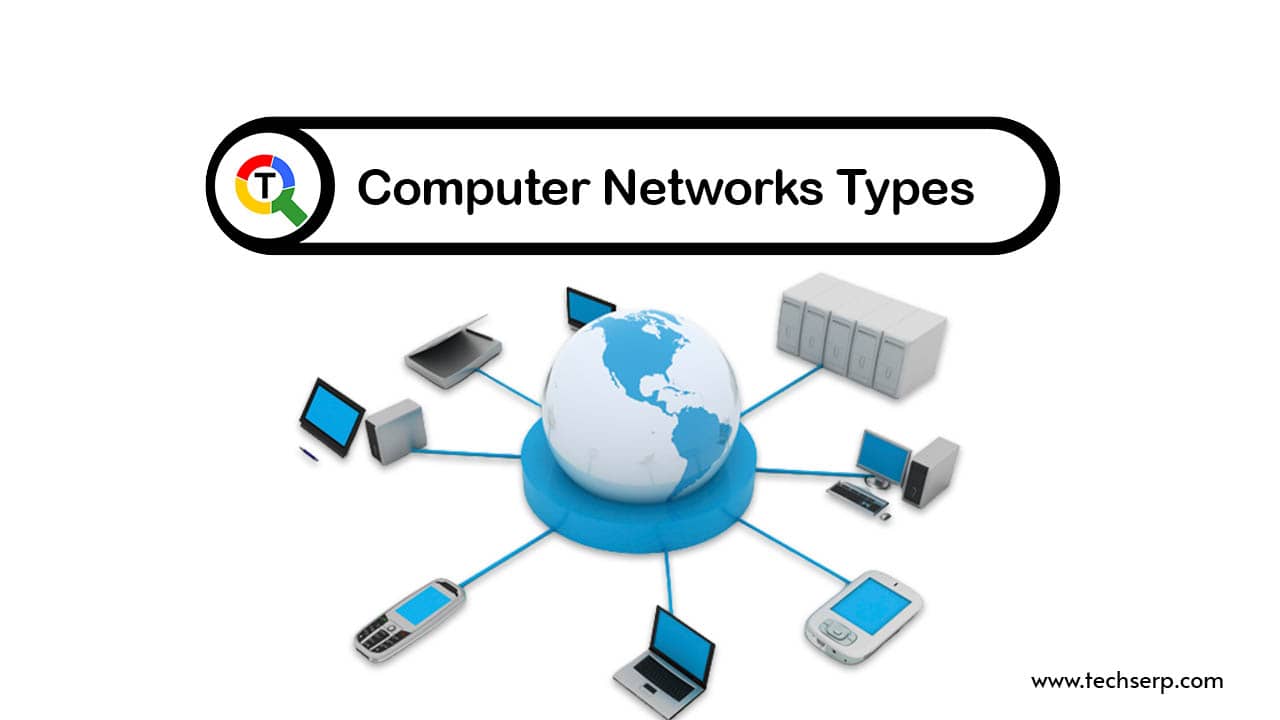Table of Contents
What Is Computer Network?
Computer Networks are an integral part of today’s society.
They can be used in many different ways, such as transferring data or making phone calls. The earliest form of Computer Network is the telephone network. It was developed in the late 1800s and it allowed people to communicate with each other over long distances using voice transmissions.
However, this was not very efficient because there were only a few lines connecting different parts of the world.
In order to increase efficiency, engineers started working on a new type of communication called packet-switching networks. These networks used computers to route data packets instead of human operators, which increased the speed and efficiency of these connections significantly.
Computer Networks are Used for a Variety of Things?
- Communication these days can come in a number of different forms, including email, video chats, and instant messaging.
- You can share your devices such as printers, scanners, etc.
- Filers sharing
- Sharing software is often used on remote systems.
- Empowering network users to easily access, maintain, and share information.
What are Main Computer Networks Types?
- PAN-Personal Area Network
- LAN-Local Area Network
- WAN-Wide Area Network
- WLAN-Wireless Local Area Network
- CAN-Campus Area Network
- MAN-Metropolitan Area Network
- SAN-Storage Area Network
- SAN-System-Area Network
- POLAN-Passive Optical Local Area Network
- EPN-Enterprise Private Network
- VPN-Virtual Private Network
-
Personal Area Network (PAN):
A Personal Area Network (PAN) is the simplest type of computer network – it only coordinates devices that are close to an individual. For example, one device can share content to a nearby display without going through a router. Communication ranges up to 10 meters from a person.
PAN are USB, computer, phone, tablet, printer, PDA, etc.
-
Local Area Network (LAN):
A local area network (LAN) uses a centralized hub that connects different computers throughout your company. This is done by using cables, wires, or other forms of media to create a connection between connected devices. A LAN is a network that spans two or more computers over a special local area network. Ethernet and Wi-fi are two technologies crucial for this type of setup.
LANs are networking in a home, school, library, laboratory, college, office, etc.
-
Wide Area Network (WAN):
WAN is a type of network that connects computers at locations around the world. It can cover a huge area with varying levels of bandwidth, but the data is shared over modems. WAN is also used to describe an entire community or organization that shares equipment, and networking.
WAN is the Internet.
-
Wireless Local Area Network (WLAN):
Wi-Fi is a type of network that provides wireless connectivity like Wi-Fi. Sometimes it’s referred to as a LAN (local area network), but it allows devices to communicate wirelessly instead of being physically connected with cables.
WLAN is Wi-Fi.
-
Campus Area Network (CAN):
Although a CAN is slightly wider than a LAN, it is substantially smaller than a MAN. It’s typically used on campuses for their computer network. It covers an area of several buildings within the campus, usually too small for any other business use.
CAN are networks that cover schools, colleges, buildings, etc.
-
Metropolitan Area Network (MAN):
A MAN (metropolitan area network) is often larger than a LAN (local area network) but smaller than a WAN (wide area network). This type of network provides shared communication paths that connect computers in metropolitan areas for support for computer users.
MAN is networking in towns, cities, or large cities.
-
Storage Area Network (SAN):
SAN is a type of computer network that specializes in high speed & connects different storage devices. It doesn’t depend on LAN or WAN, because SAN moves resources to its own network to provide computing power.
SAN is a storage method that integrates many servers into a network of disks.
-
System Area Network (SAN):
A SAN is a form of computer network that connects a group of high-end computers. This type of connection-oriented and high-bandwidth network can handle large amounts of information in one request.
This network can be used to process high-performance applications. You should use it if the application requires a lot of high-speed processing.
-
Passive Optical Local Area Network (POLAN):
POLAN is a computer network type. It uses optical splitters to distribute data of a certain strand of optical fiber to potentially hundreds or thousands of users and devices.
-
Enterprise Private Network (EPN):
EPN can be used by businesses to share computing resources across a wider area. This makes it a more private and secure network than the internet.
-
Virtual Private Network (VPN):
A VPN is similar to a gateway in many ways, but it lets you connect directly with ones on the other side of the world without ever having to worry about public or international bandwidth.
You can access a remote private network through a virtual point-to-point connection. VPN is great for security and making sure you’re not joining any unprotected networks.
You May Also Read: Future of Blockchain


Comments are closed, but trackbacks and pingbacks are open.